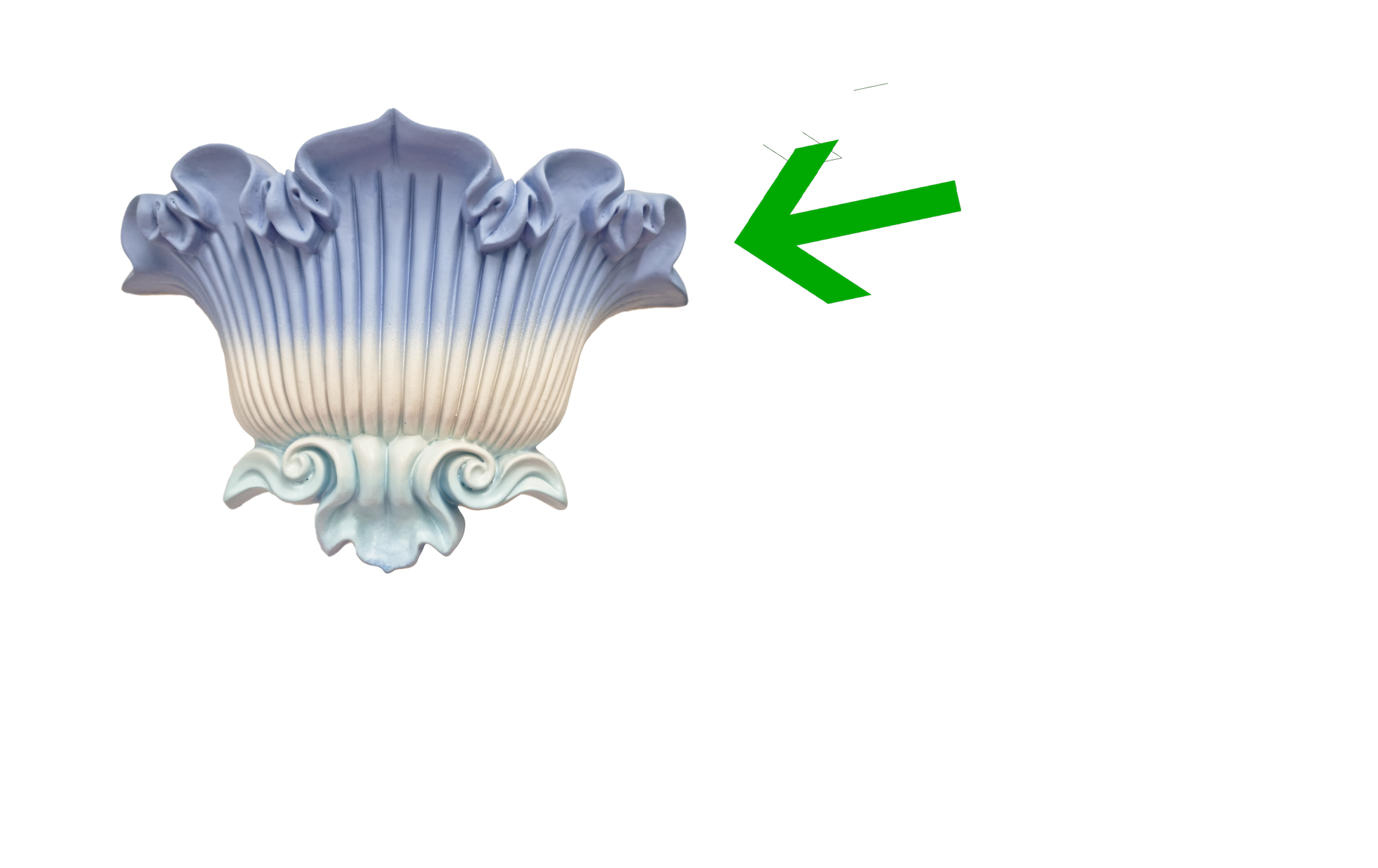The following show is to gather the locals, artists, philosophers and IT people together in Villa Heike.
The purpose is to share the old and new perspective around the act of archiving information and the ways of consuming the digital space we are living in.
History of Villa Heike
Hohenschönhausen is one of those areas in Berlin that one rarely traverses these days. Aside from the Berlin-Hohenschönhausen Memorial, a former State Security Political Prison there is a Villa Heike. An abandoned giant three-story Prussian Villa with a scars of east Berlin.
The Prussian Villa Heike and the area surrounding it once belonged to the industrialist Richard Heike - a specialist in Canned-Goods Machinery Production. Heike built up a large industrial site consisting of a Machine Factory (specialising in meat and canned goods), a living and administrative building (the Villa Heike) and a factory storage. Heike lived on the top floor of Villa Heike with his large family, while the rest of the building was used for administrative purposes as well as functioning as a showroom for his machines.
The Soviet Arrival and the liquidation of the Villa Heike
The Soviet soldiers gunned him down on the street in front of the building and liquidated the rest of the building. The Soviets seized the whole area and created the “Speziallager Nr.3”. The camp was under jurisdiction of the People’s Commissariat for Internal Affairs (NKVD) and served primarily as a collection and transit camp for over 16,000 men, women and young people.
The Stasi and 11 Kilometers worth of Nazi Files
The soviets handed over the area to the GDR in 1951, which continued to operate the facilities and prison. The area, which was also home to the “Operativ-Technische Sektor” – the unit which was responsible for developing all the technical gadgets any spy could need. The Villa Heike soon found itself being used for something even more secretive – it was to become the central storage and research facility of the Stasi for its secret nazi files.
With the German reunification, the files moved into the German Federal Archives. With the files moved, the Villa Heike was left abandoned. And that’s how it remained for almost 25 years – until a group of 6 Architects and Investors bought the building in 2015 and decided to renovate it.

